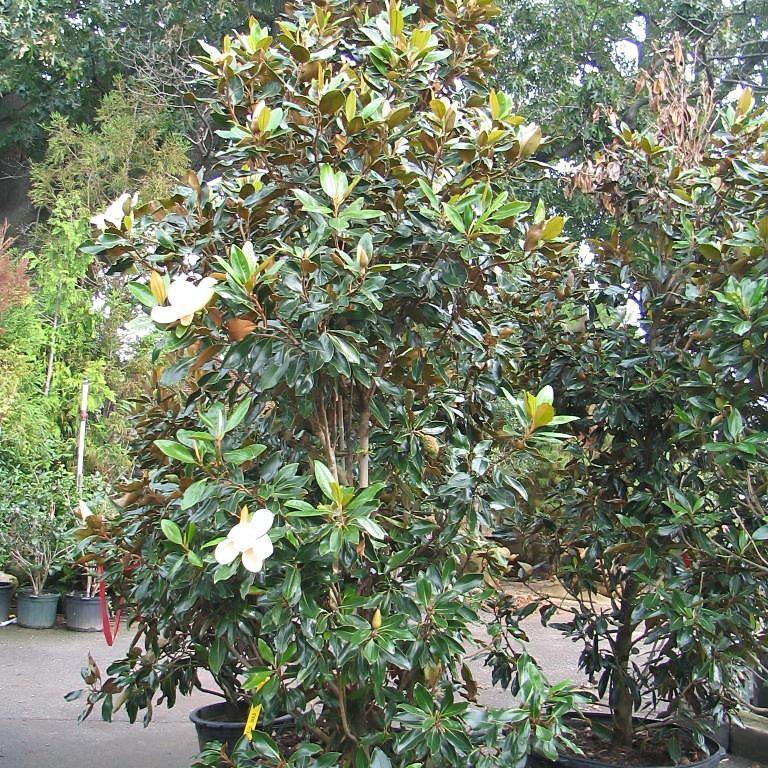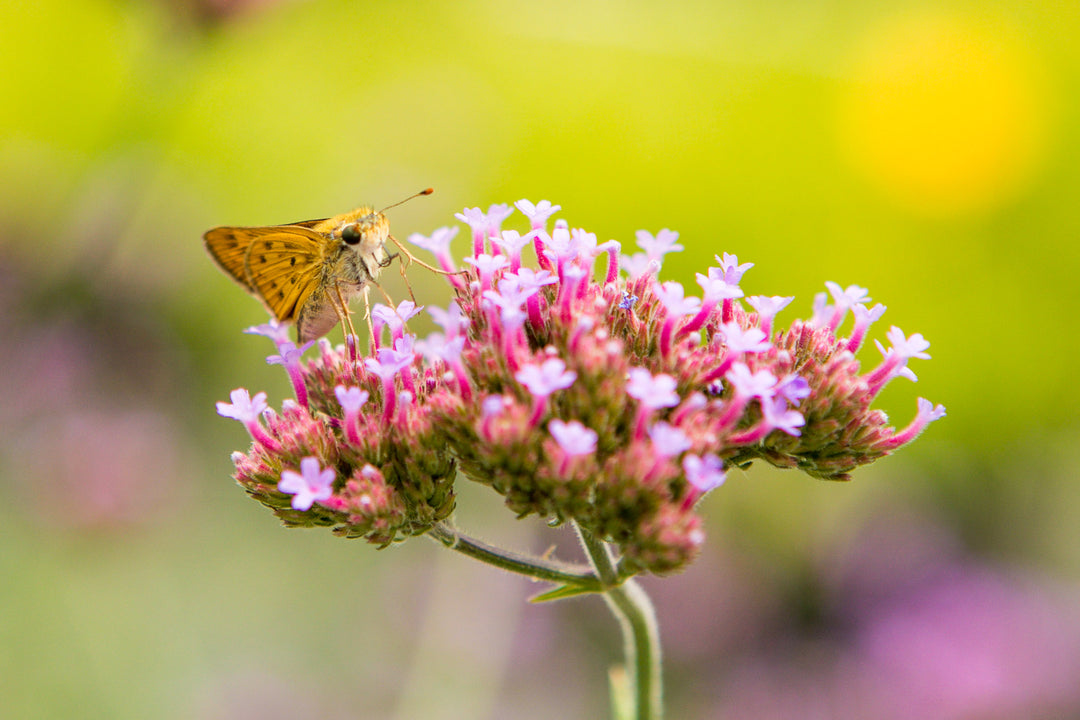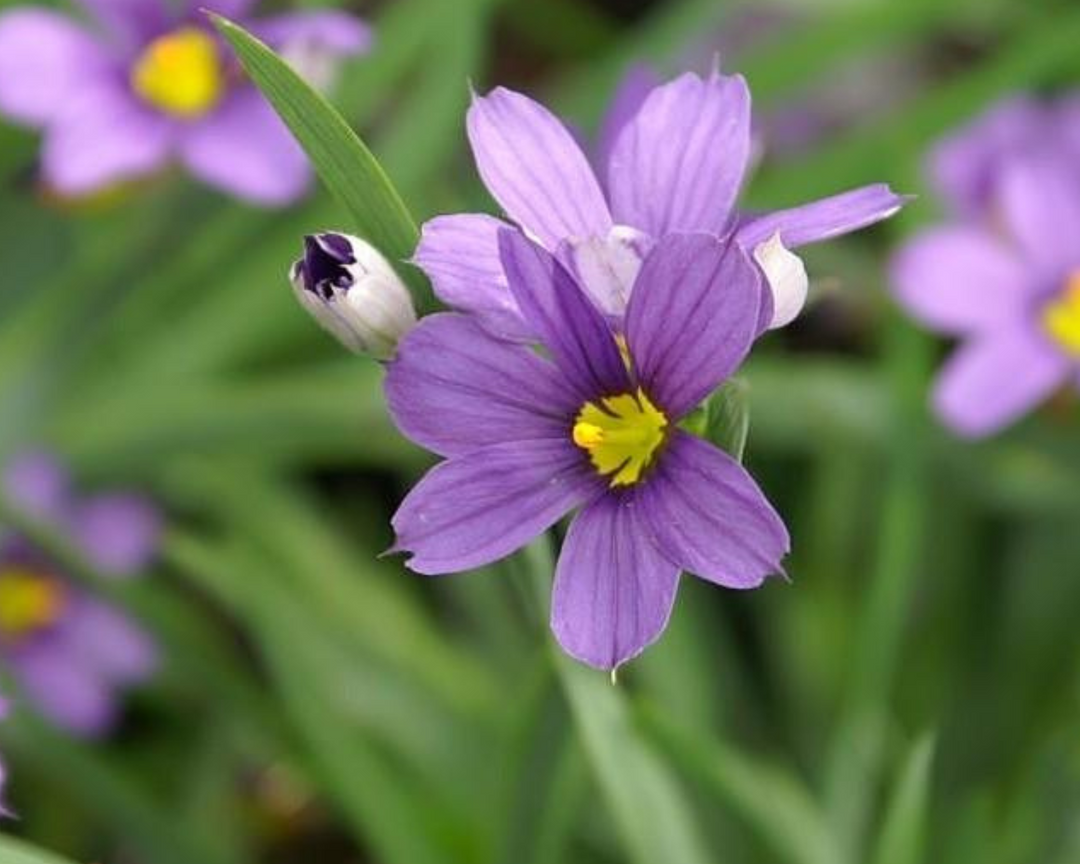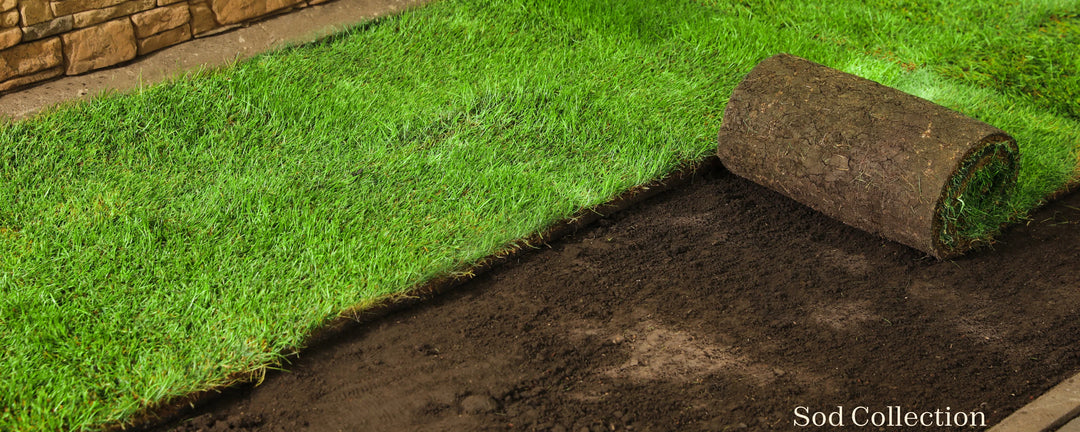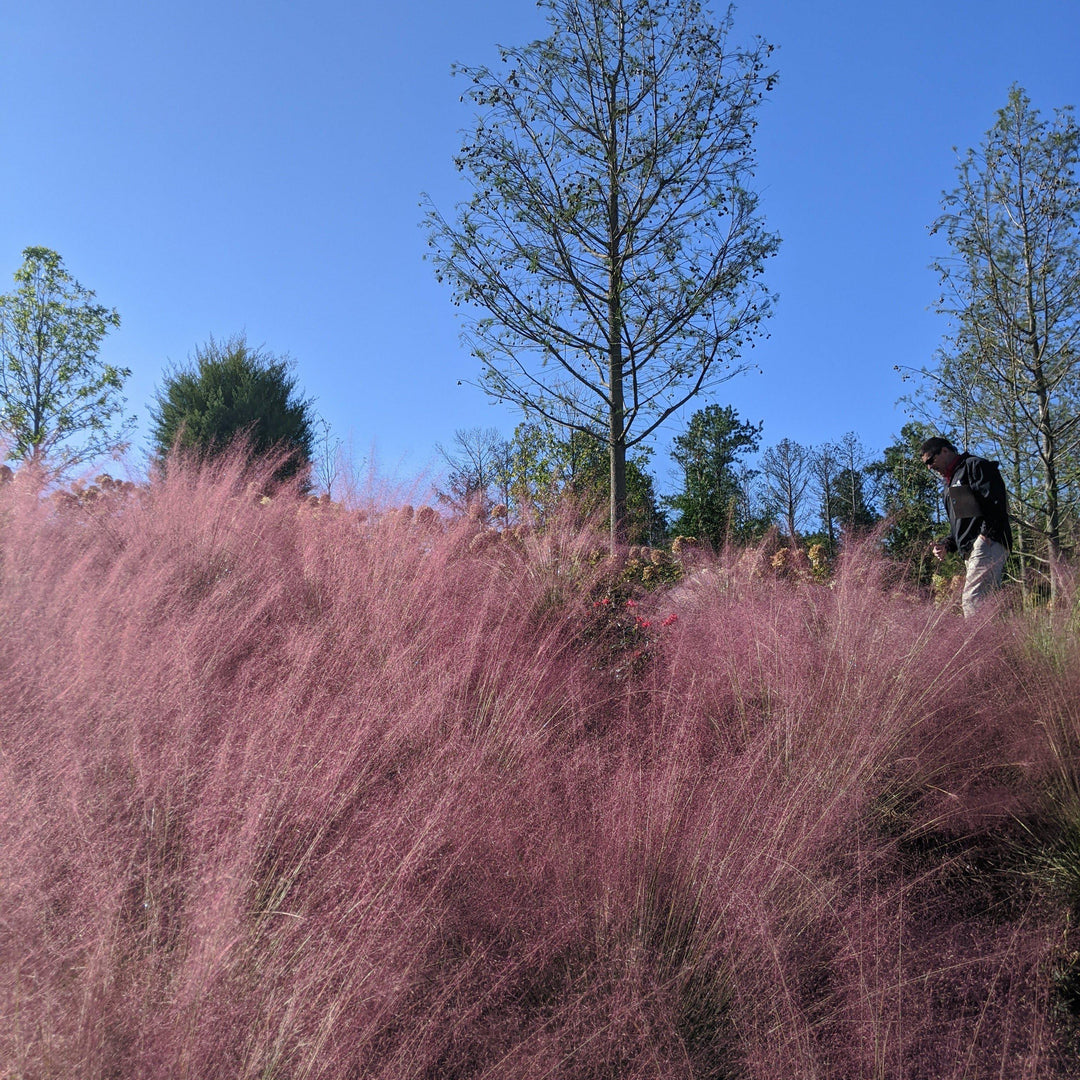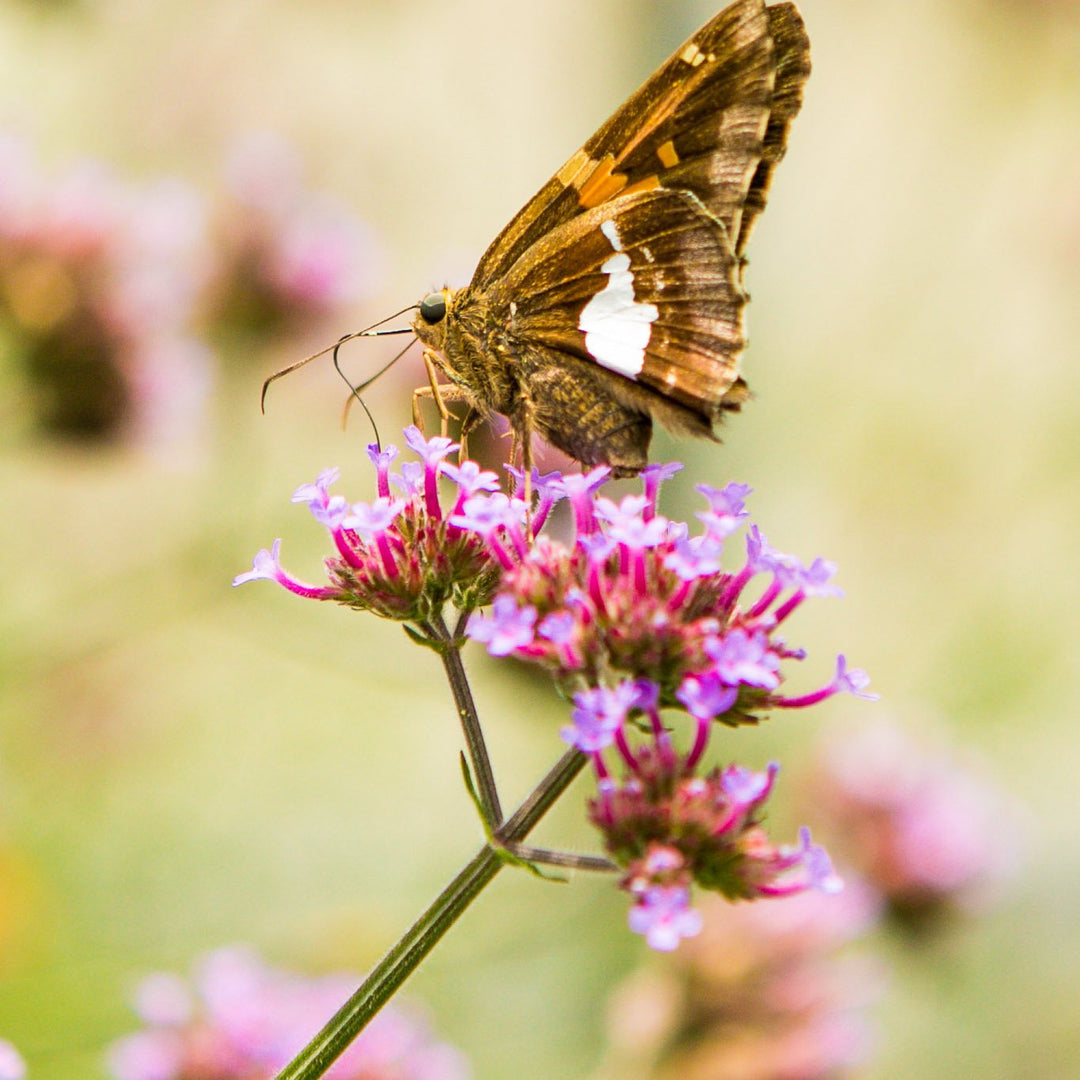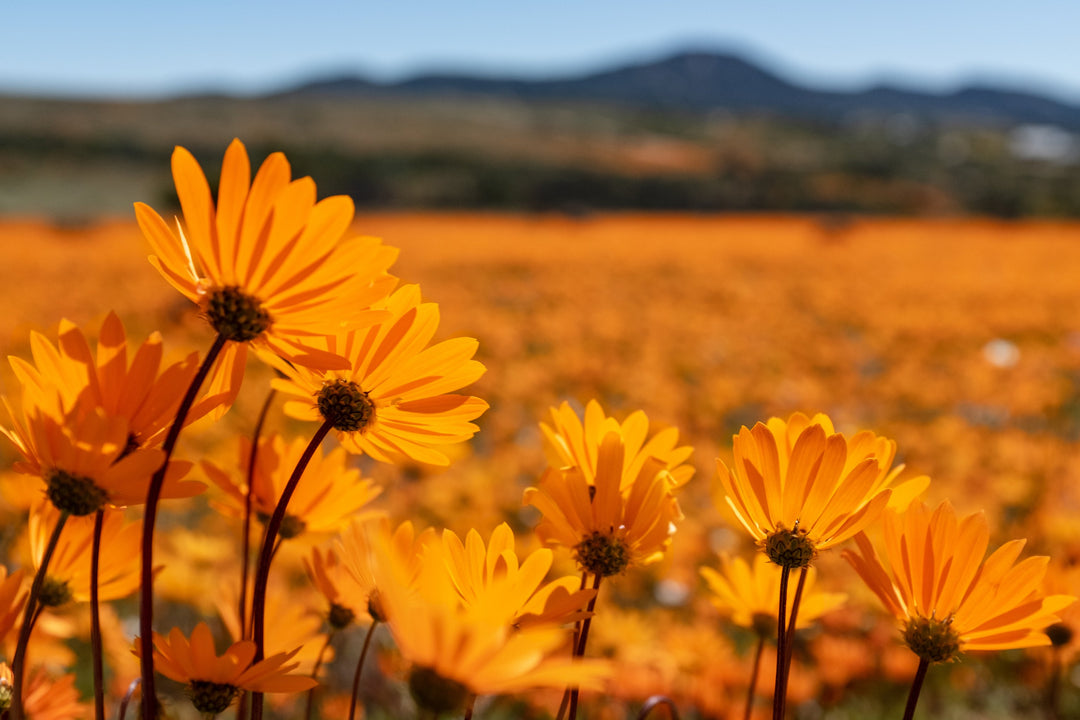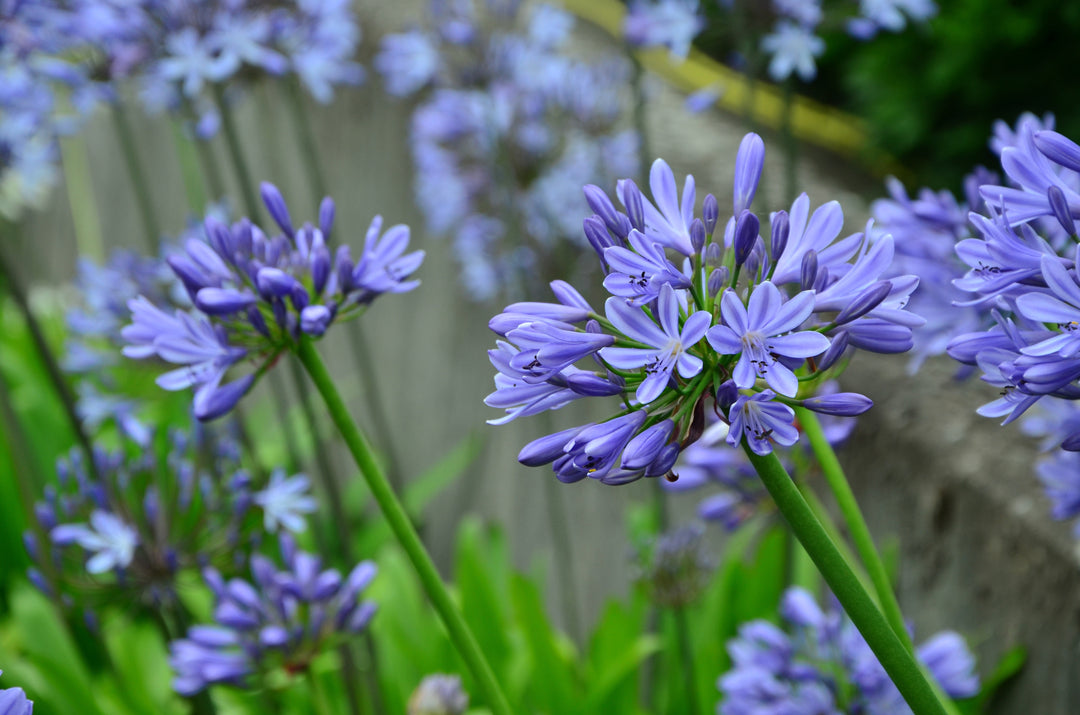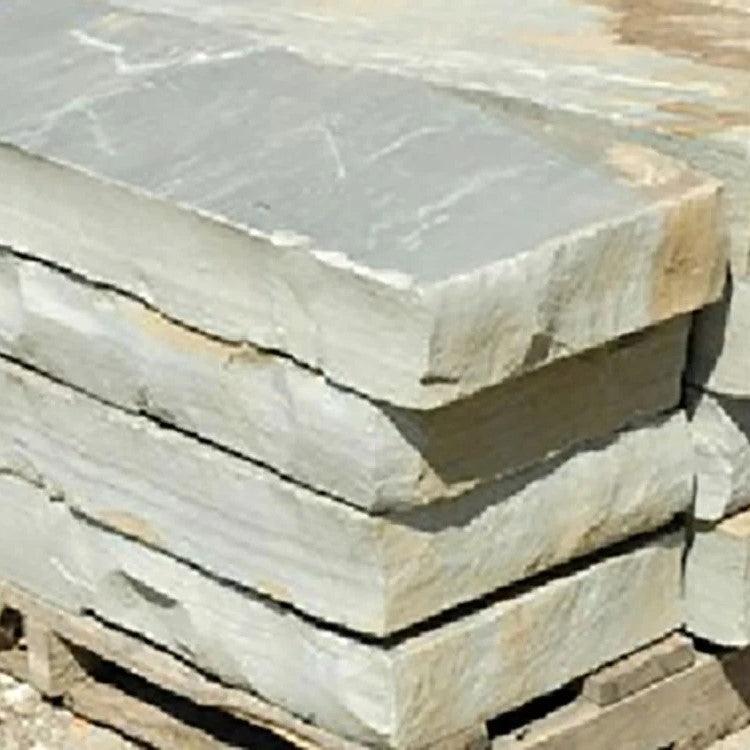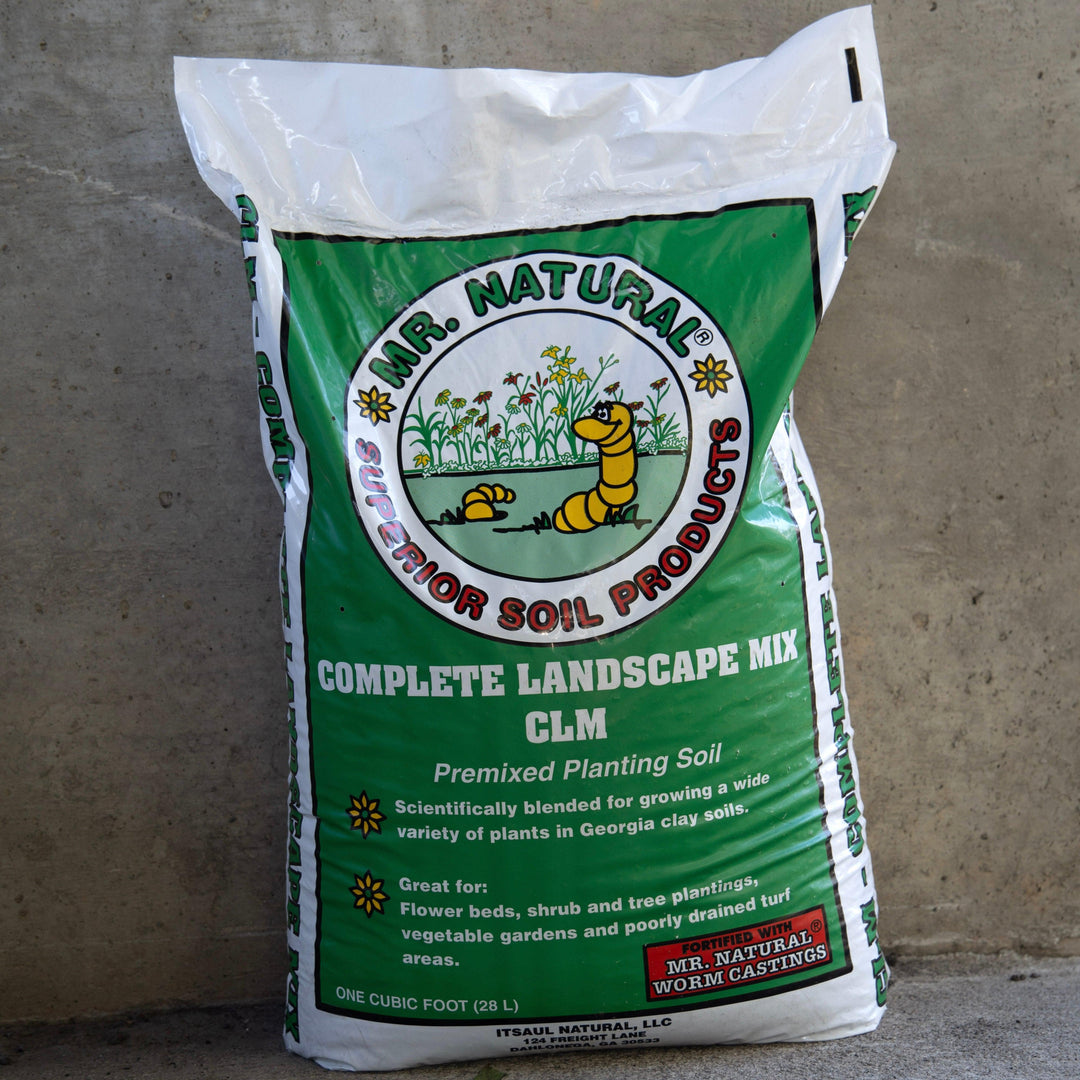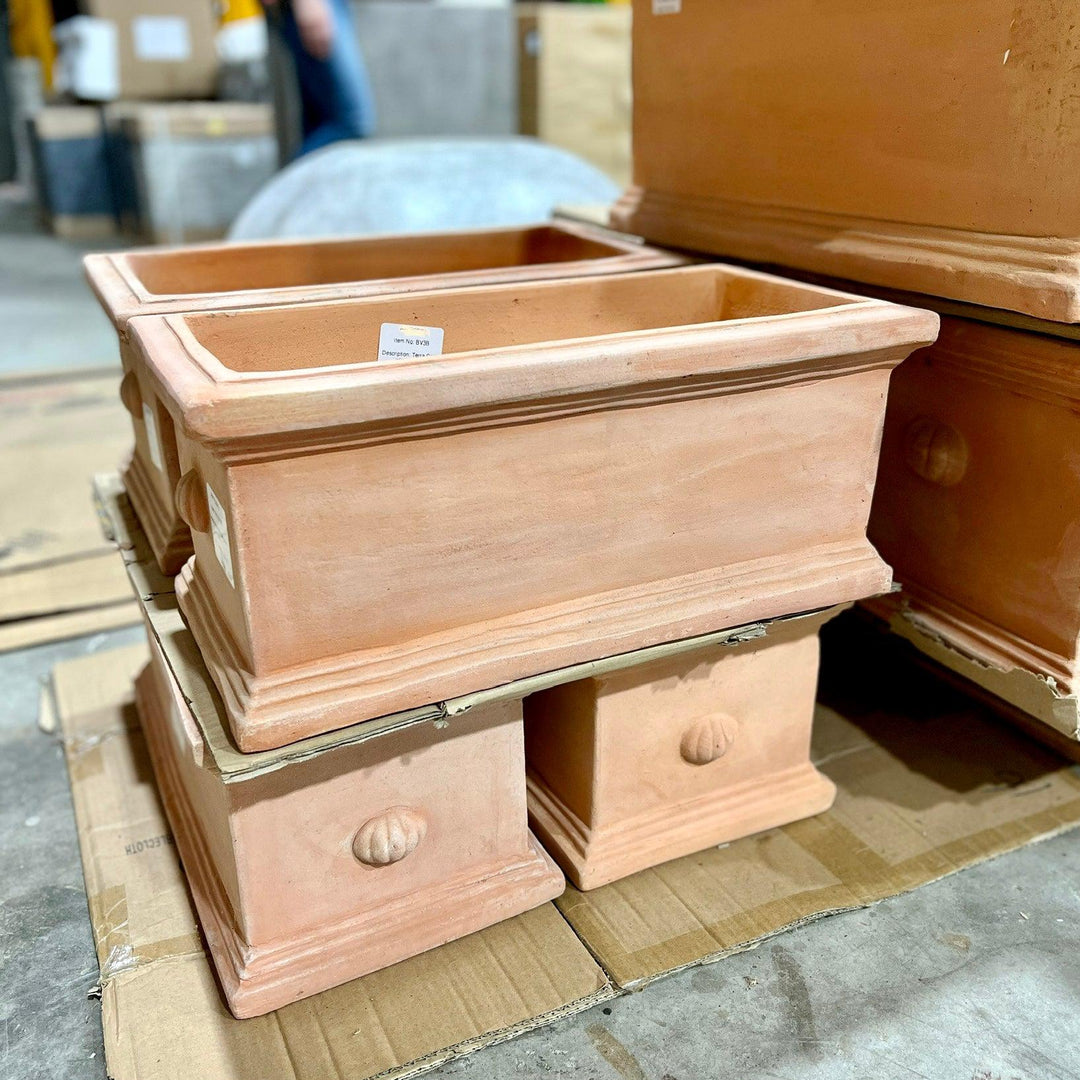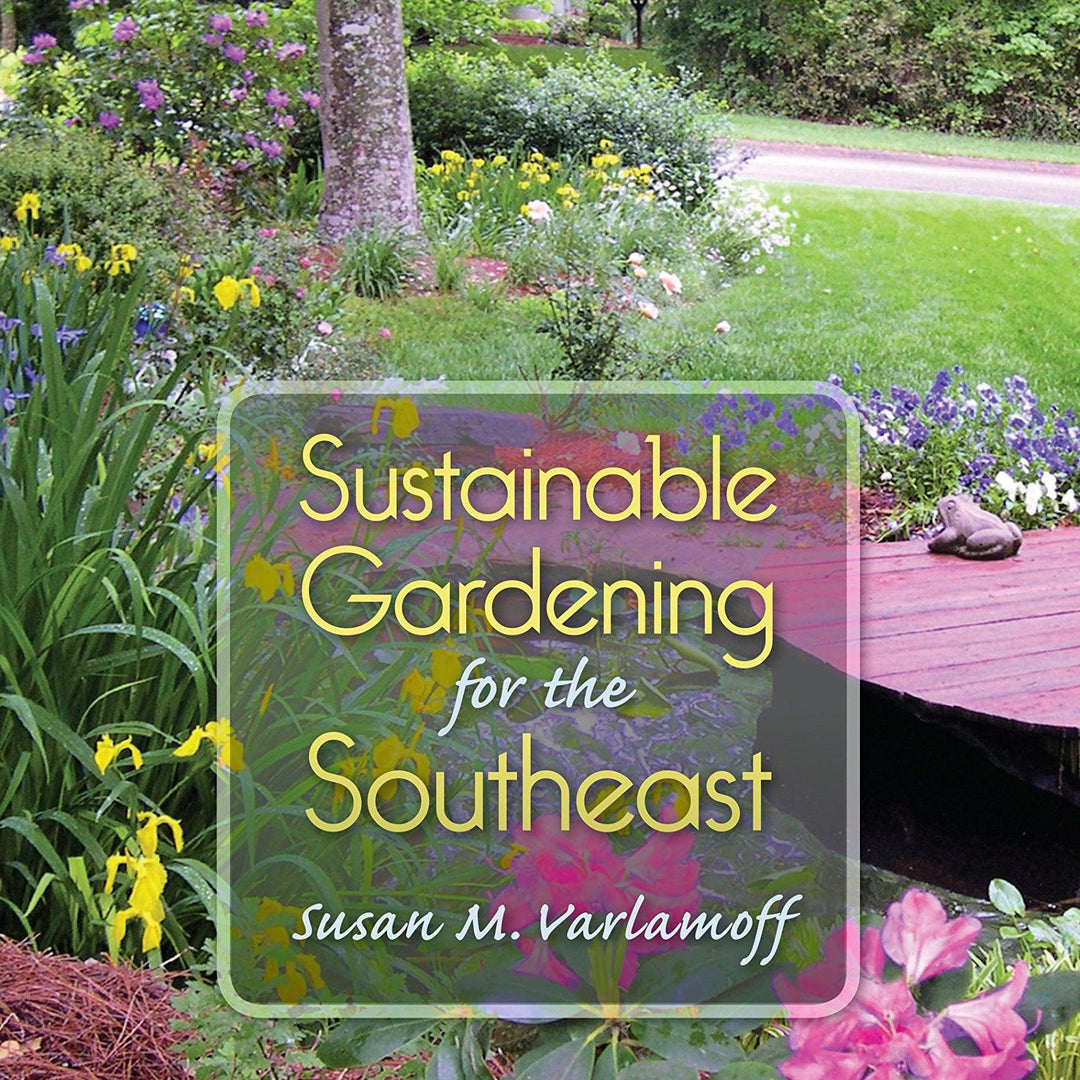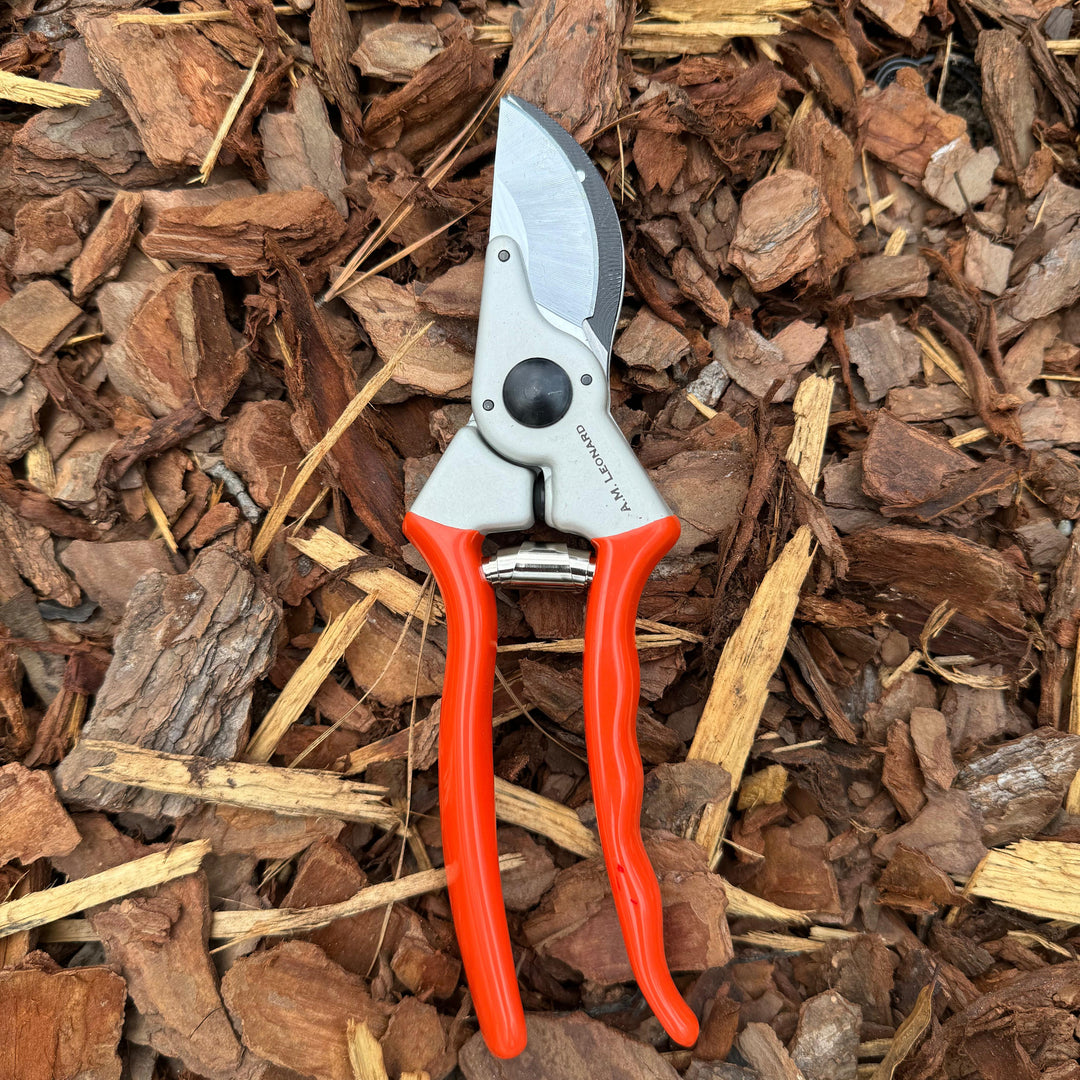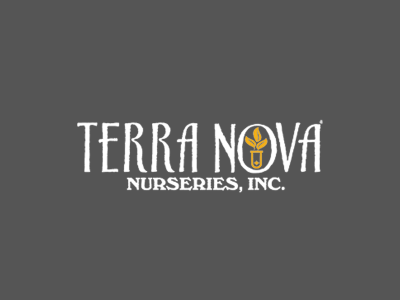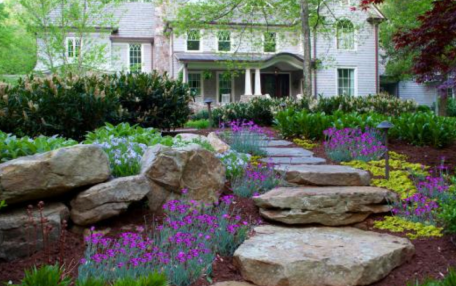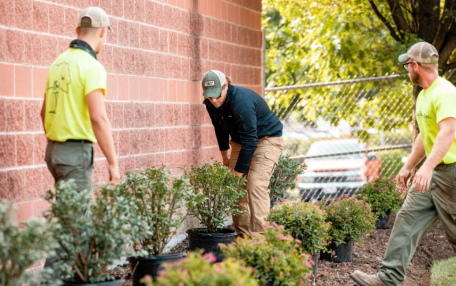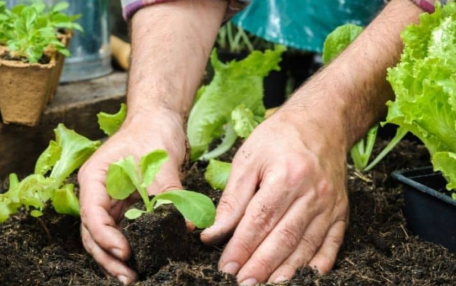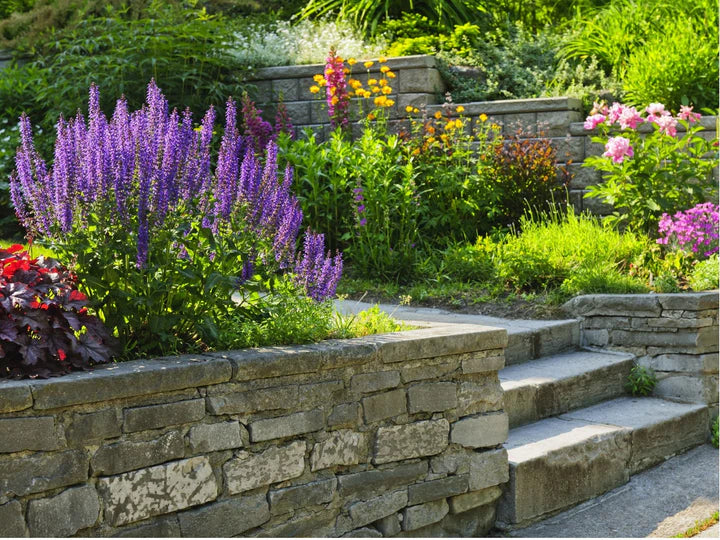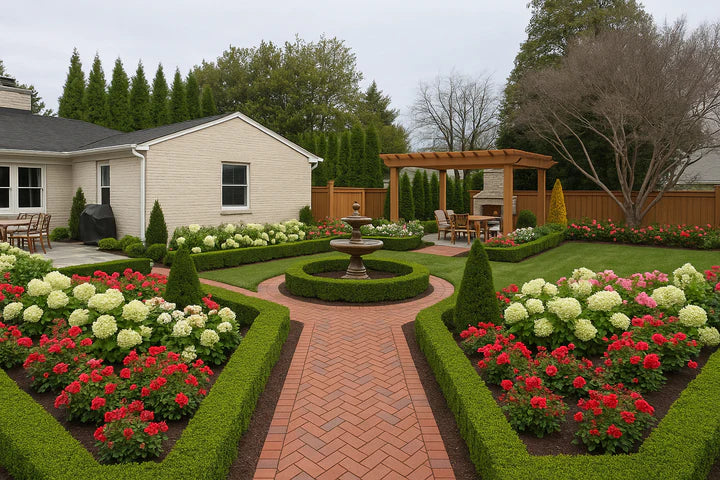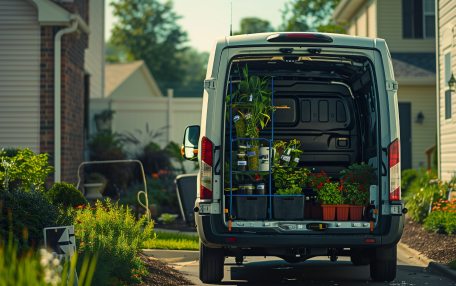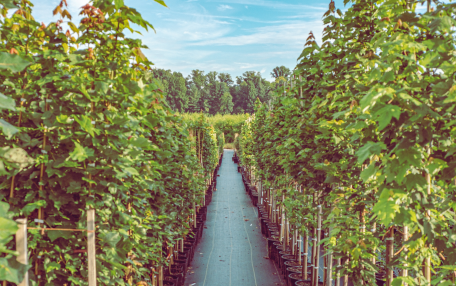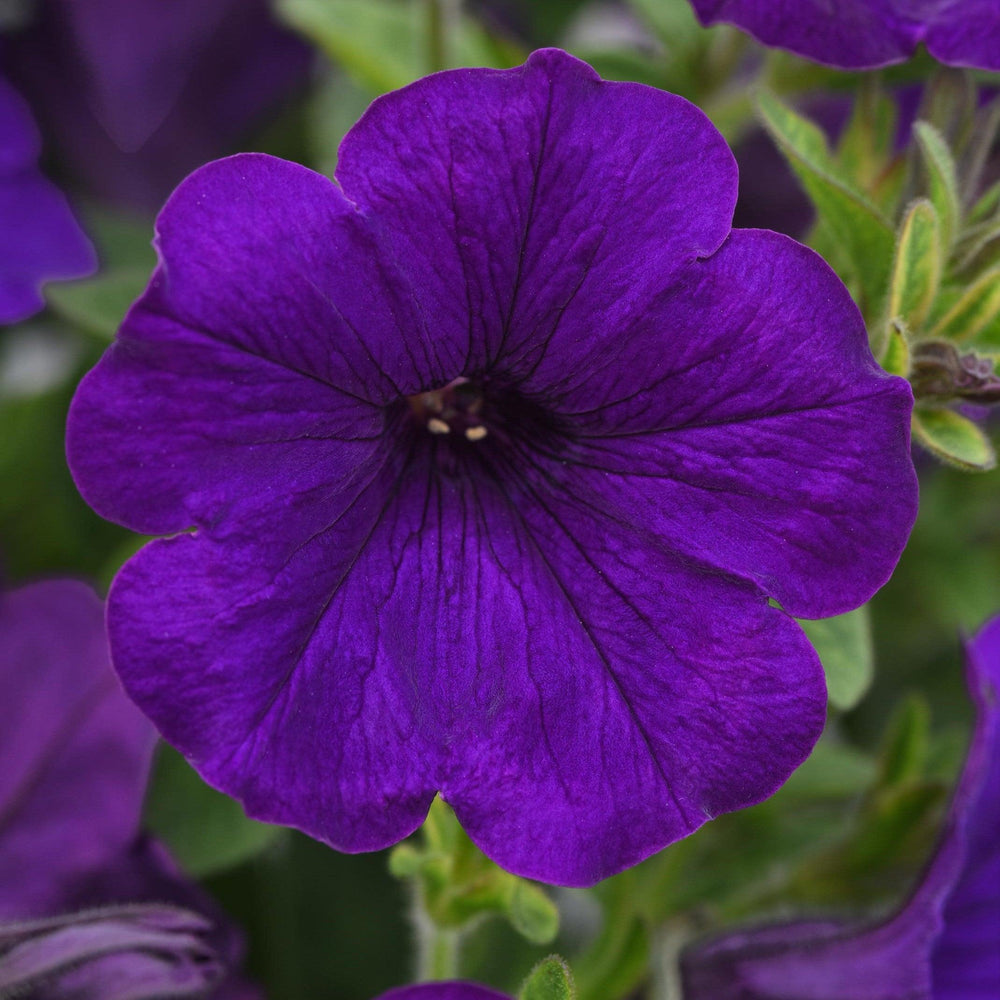7 Sustainable Gardening Tips This Winter
Winter might seem like an odd time to think about a sustainable spring garden.
But cold weather is the perfect time to plan ways to help your landscape thrive while using resources wisely to protect and nourish the environment. Here are some tips to plan ahead and keep your landscape thriving sustainably through the colder season into spring.
1. Compost

Continue to compost kitchen scraps and yard waste throughout the winter. This will provide you with rich organic material to add to your garden in the spring.
Insulate your compost bins, such as with bags of leaves around the outside, to ensure your compost doesn’t freeze.
Cut your food scraps or any backyard waste into smaller pieces so they decompose faster. Get a good mix of browns and greens in your compost pile – roughly 4:1 browns (carbon) to greens (nitrogen). Turn the pile if the weather warms.
You can also purchase compost to use.
2. Water wisely

Living in an area with mild winters, be mindful of watering needs. Plants generally require less water in the winter, so adjust your watering schedule accordingly to conserve water. Give your plants one inch of water every 7-10 days or so.
Note: If it's legal in your area, set up a rain barrel to collect rainwater, which can be used for watering plants when needed.
3. Mulch your beds

Apply a thick layer of organic mulch to your garden beds to insulate plant roots, retain soil moisture, and suppress weeds. Leaves, straw, or wood chips can be excellent mulching materials.
Use burlap or frost cloths to protect sensitive plants from frost damage.
Read more: Understanding Soil for a Thriving Garden
4. Prune dormant plants

Winter is a good time to prune many dormant plants, such as deciduous trees and rose bushes. This helps to prevent disease and promotes healthy growth in the spring.
Make clean cuts at a 45-degree angle facing away from the bud to promote water runoff and prevent disease. Remove crossing branches to prevent damage and disease. Learn more about pruning best practices here.
Not every plant should be pruned, though. Here are plants you should wait to prune until the spring.
Read more: What to prune in winter
5. Supplement your plant’s diet with plant food

Fuel your garden’s growth and ensure a healthy diet with a nutritious, protein-infused booster like Arber that will help your plants live their best lives.
This nourishing supplement is made from recycled supermarket food waste and supports your overall soil fertility for greener, thicker leaves, more blooms, and deeper roots.
For optimal results, use in your regular watering cycle. Also ideal for: transplants, potting mixes, as a rooting compound, or in hydroponics.
6. Encourage wildlife

Provide habitats for beneficial wildlife by leaving some areas of your garden a little wild, with piles of leaves or logs for shelter.
Consider also installing a birdbath, a small pond, or even a shallow dish with water to attract birds, insects, and other wildlife. Ensure the water is clean and replenished regularly.
Another tip? Put up birdhouses or nesting boxes to provide safe places for birds to raise their young.
7. Plan for spring

Winter is the perfect time to plan your garden for the spring and summer. Review your landscape. Map out what you want to grow and where you want to grow it. Write down a list of plants you’ll need.
Also, take advantage of the increased visibility in your landscape during the winter and look for areas of your yard that need work.
Plan to design with native plants. Choose plants native to your region, as they provide the best habitat for local wildlife. They are adapted to the local climate and soil conditions, and they offer the food and shelter that native animals need.
Need more design planning help? Work with a ServeScape designer.
Create a sustainable landscape
Remember, sustainable gardening this winter is about creating a balance with the local ecosystem and making environmentally conscious choices. Plant Joy!
If you want more landscape advice, schedule a free 15-minute design consult with one of our designers to determine the best design process for you. Help make your landscape dreams a reality.

